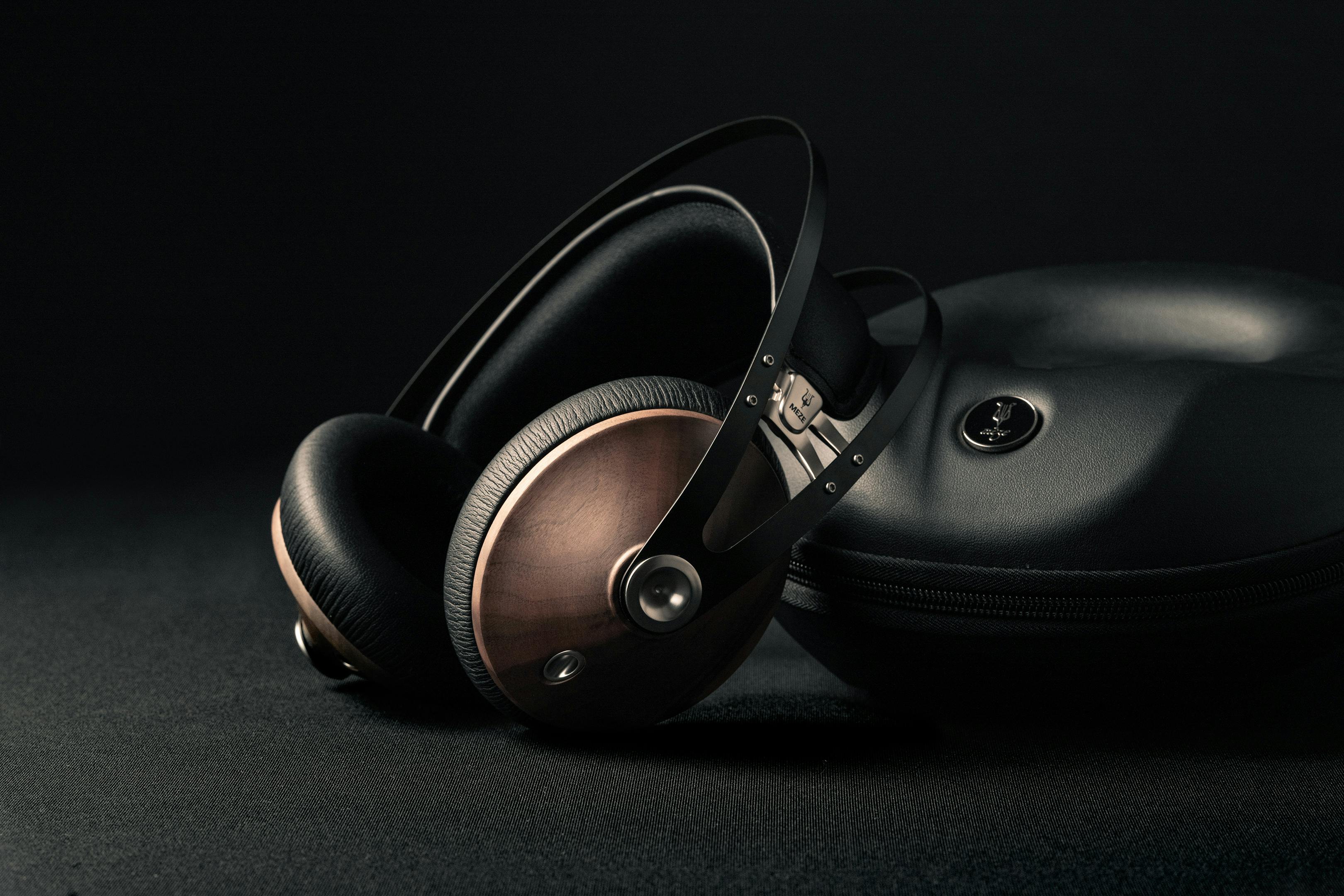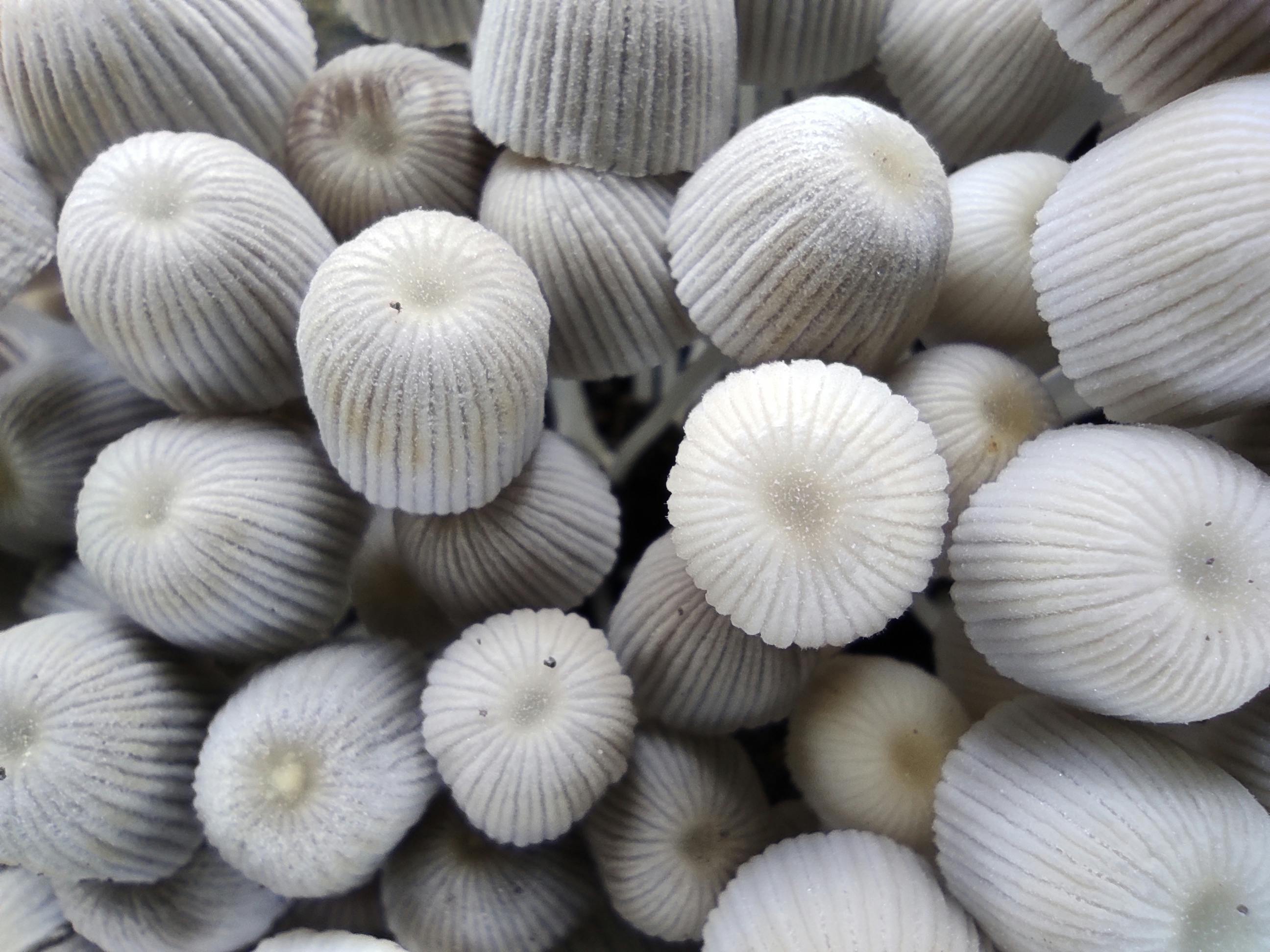Tension headaches are the most common headaches to occur, although the cause is still unknown. Often it lasts from an hour to even a week. Having chronic tension headaches can mean constant pain in your head, which can be quite infuriating and uncomfortable.
Because tension headaches are common, there are a wide range of medications and solutions available to treat them. From the most mundane to the extraordinary cures, people have often used the treatment that works best for them and provides relief from this type of headache.
What does a tension headache feel like? It often starts as a dull ache in the forehead and temple area. Some describe it as wearing a tight hat or head band, hence the name tension headache. Neck and back muscles may also be contracted or tense, contributing to the headache.
What can trigger a headache? It actually varies for each individual. When you are depressed, anxious, or anticipating conflict to occur, it can cause a painful headache. Sometimes skipping meals, sleeping for a few hours, and staying still can trigger an attack. For women, fluctuations in hormones can commonly trigger a headache. High blood pressure and depression are also likely causes. Many times, stress is involved. In fact, the top response when people were interviewed about how they felt before their headache started was to be stressed and hungry.
How can you get relief from the pain of having a tension headache, especially a chronic one? Depending on the trigger, pain relievers are often the easiest treatment, as taking a couple of pills will help ease the pain. However, taking too much can also trigger a tension headache instead of treating it. Eating a light snack or getting more sleep is also a good way to get rid of a tension headache. Treatment of hypertension, depression and hormonal imbalance can also help. Sometimes other forms of treatment can be more helpful, especially when other treatments have been exhausted without success. Examples of these are hypnosis, guided imagery, and NLP.
Hypnosis or hypnotherapy is quickly becoming a popular form of treatment, effacing its former reputation as a form of entertainment. The reason for this is its ability to allow a person to experience deep relaxation or what others may refer to as a hypnotic state. When the body is relaxed, tensions are released, thereby releasing the body from its tension headache. Furthermore, when the body is in this relaxed state, it is also easy for it to accept suggestions into its subconscious. These suggestions will help the person to have a different outlook and perspective, thus handling situations differently, in a way that will not cause them any stress.
Guided imagery, on the other hand, makes use of images that a person visualizes and stores in their memory. How can this help? The person is instructed to imagine a scene or instance in which they feel relaxed and carefree. With this in mind, you can signal the body to experience that relaxation, which can eventually cause the body to relax as well. Also, visualizing solutions to stressors and situations that contribute to stress can help reduce stress levels so it’s easier to relax. This method is often combined with hypnosis.
Lastly, NLP or Neuro-Linguistic Programming is another form of treatment that uses positive words and suggestions instead of images. Using the same technique as with guided imagery, negative thoughts that regularly contribute to headaches are replaced with positive thoughts. These positive inputs are heard repeatedly until they become part of the thought process. Therefore, whenever you are faced with the same situation, it will be handled in a positive, rather than a negative way, thus decreasing stress and the incidence of tension headache.
Tension headaches are the products of stress. Conquer stress with your mind to conquer headache.




Recent Comments